Hanoi, the administrative capital of Vietnam, is also its cultural heart. Given its long history, Hanoi is a treasure trove of fascinating artefacts and significant locations. It’s home to 6,000 relic sites and 1,793 intangible cultural heritages that the government is working hard to preserve.
The city’s history stretches way back before it was named ‘Hanoi’ in 1831. People are believed to have lived here as early as 3,000 BCE. Even though the city was known by a variety of names, the most well-known would be Thang Long. The city situated on the west bank of the Red River is now a more than 1,000 year-of-age capital. Through thick and thin, ups and downs, Hanoi stands there, shining and bright with its historical timeline, countless monuments, museums, and temples, tempting any travel lovers to come and visit. To better understand the story and spirit of this land, here are six places you simply cannot miss.
Thang Long Imperial Citadel
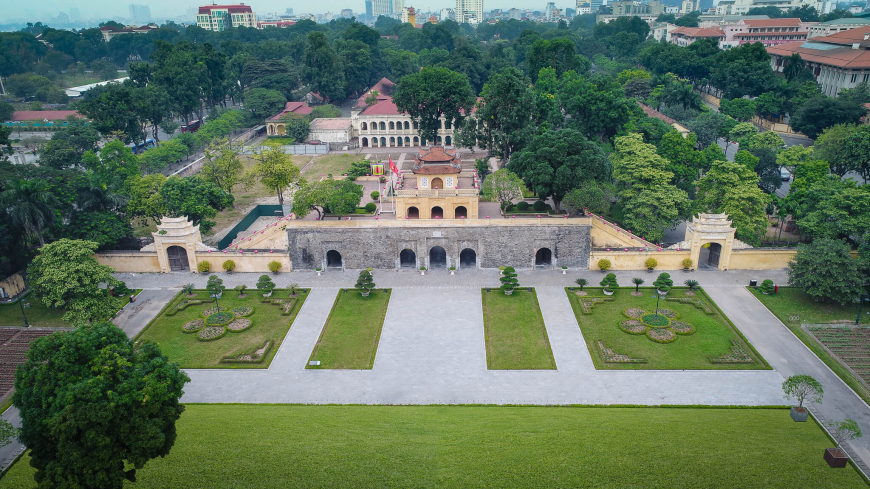
Source: Hoàng Thành Thăng Long
This complex, named a UNESCO World Heritage Site in 2010, is a history buff’s dream. It includes military bunkers, archaeological digs, remains of ancient palaces as well as French colonial buildings.
The palace dates back to the Dai La (7th to 9th centuries), Dinh Dynasty, Anterior Le Dynasty (10th century), Ly Dynasty (1009-1225), Tran Dynasty (1226-1400), Early Le Dynasty (1428-1527), Restored Le Dynasty (1593-1789) and Nguyen Dynasty (1802-1945). During the French period, some structures were destroyed. But others remained, such as the steps to the Kinh Thien and Princess’s Pagoda (Hau Lau), the Doan Mon (South) gate, the Bac Mon (North) gate and the flag tower. Later excavations unearthed former foundations of the Thang Long Imperial City.
Recently, visitors can visit both the Standing monuments and archaeological sites at day and night times. Since the site is large, take your time, rest on the grass and use the map provided at the ticket office. Guided tours are available. Or you can simply download the App.
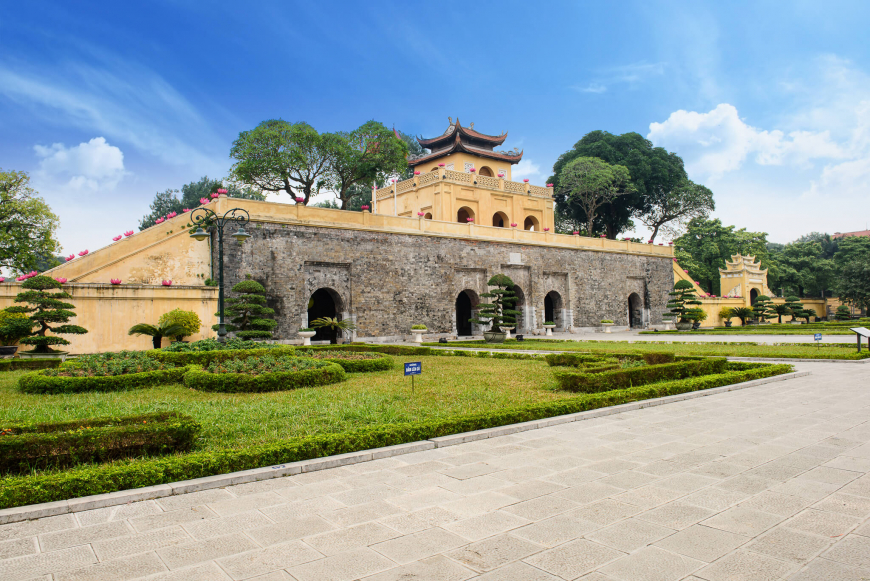
Source: Hoàng Thành Thăng Long
The Temple of Literature
South of the Imperial Citadel of Thang Long, you’ll find a temple of a different kind. Rather than honour religion, this sacred site honours the history of education in Hanoi. The Temple of Literature, about 2km west of Hoan Kiem lake, is also one of the most picturesque places in the city. Make sure you check this one on the list.
Built in 1070, it opened in 1076 as Vietnam’s first university and educated hundreds of well-known scholars and mandarins. The academy was dedicated to the Chinese philosopher Confucius. In addition to Confucianism, scholars studied classical Chinese literature, poetry and penmanship. Today, students visit for pictures after graduating. They also go before important exams to pray for good luck.
The temple is a soothing place to while away some time. The traditional Vietnamese buildings, housing altars and museums are set within five serene courtyards. Explore the paths and formal gardens for some calm amid Hanoi’s notorious bustle.
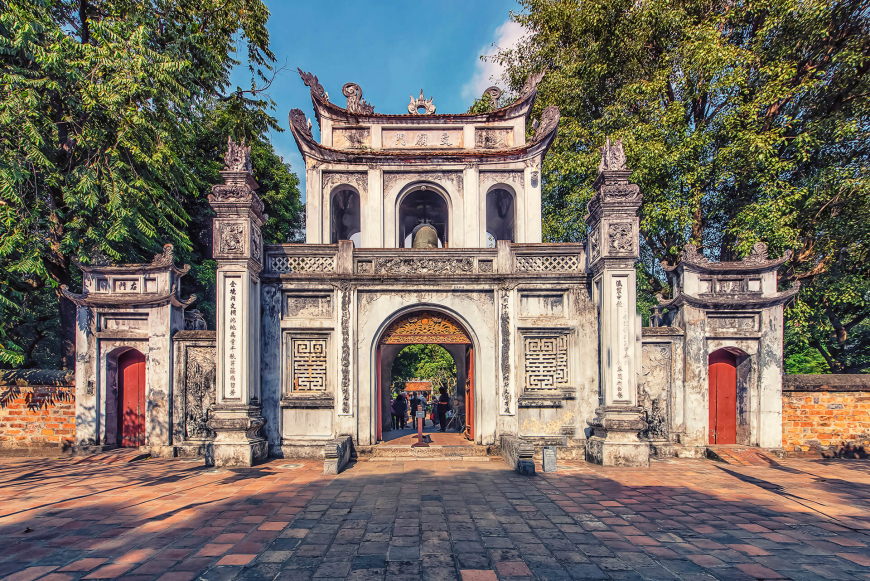
In the first courtyard (Dai Trung Mon), you’ll see the Virtue Gate and Talent Gate. These were but two of the characteristics the students were required to embody.
In the second courtyard (Khue Van Cac), former students’ essays were once read at the red-roofed Pavilion of Constellation. An image of this structure is printed on the 100,000 Vietnamese Dong banknote.
The third courtyard includes the ‘Well of heavenly clarity’ – Thien Quang Well. Look for the 82 remained slabs set on stone tortoises (116 stelae as original). Tortoise is considered to be one of the four holy creatures (Dragon, Unicorn, Tortoise, Phoenix) and a symbol of longevity and wisdom in ancient Vietnamese tradition. These stelaes were for honouring Confucianism, Emperors and information about the exams and the Doctors.
The fourth courtyard (Dai Thanh Mon) is the architectural heart of the temple. People still come here to pray for luck with their studies. The courtyard houses an altar to Confucius, as well as other noted philosophers, such as his four disciples: Mencius, Zisi, Zengzi, and Yan Hui.
The fifth courtyard was the actual site of the first imperial academy, Quoc Tu Giam. While the original building was destroyed during war, it was reconstructed in 2000, displaying exhibits and a statue of Chu Van An – one of the Academy’s figures in Vietnamese history for his teaching dedication. This is another shrine where incense is lit daily. And annual cultural festivals are still held here.
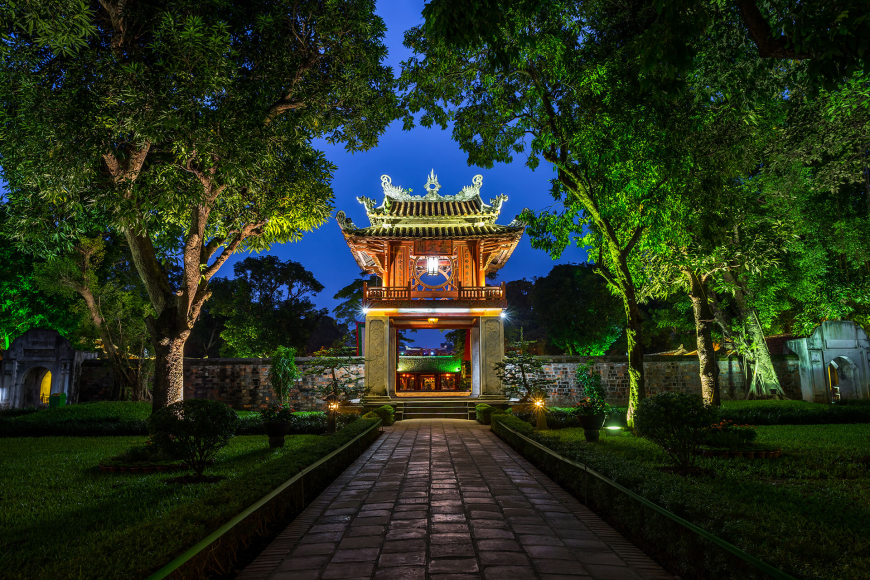
The Old Quarter
Hanoi has long been a shopping hub. In particular, the Old Quarter − also called Old Town or ‘36 streets’ – is associated with thousands of years of trading in traditional crafts.
Back to the Ly Dynasty, under the rule of Ly Thai To Emperor, many tradesmen followed the royal family from Hoa Lu (Ninh Binh) to Thang Long (Ha Noi) and formed guilds. They peddle their wares on particular streets (here are called “Hang” – which means shop or merchandise). The street names have remained unchanged till today.
So if you’re looking for a souvenir or simply good photo opportunities, explore the Old Town streets. Some streets are still known for selling certain items. The clues often lie in the street names. For example, Hang Duong is where you’ll find traditional sweets. Other unique shopping streets dedicated to specific trades include:
Hang Vai (means Street selling clothes), now is famous for bamboo products, where you’ll find nuoc mia (sugarcane juice) stands and other souvenirs made from bamboo.
Hang Ma, “Lantern Street”, for pretty paper lanterns, spiritual trinkets and votive paper for offerings.
Hang Bac, once home to the silversmiths and coin-makers. Those who stayed turned to make jewellery.
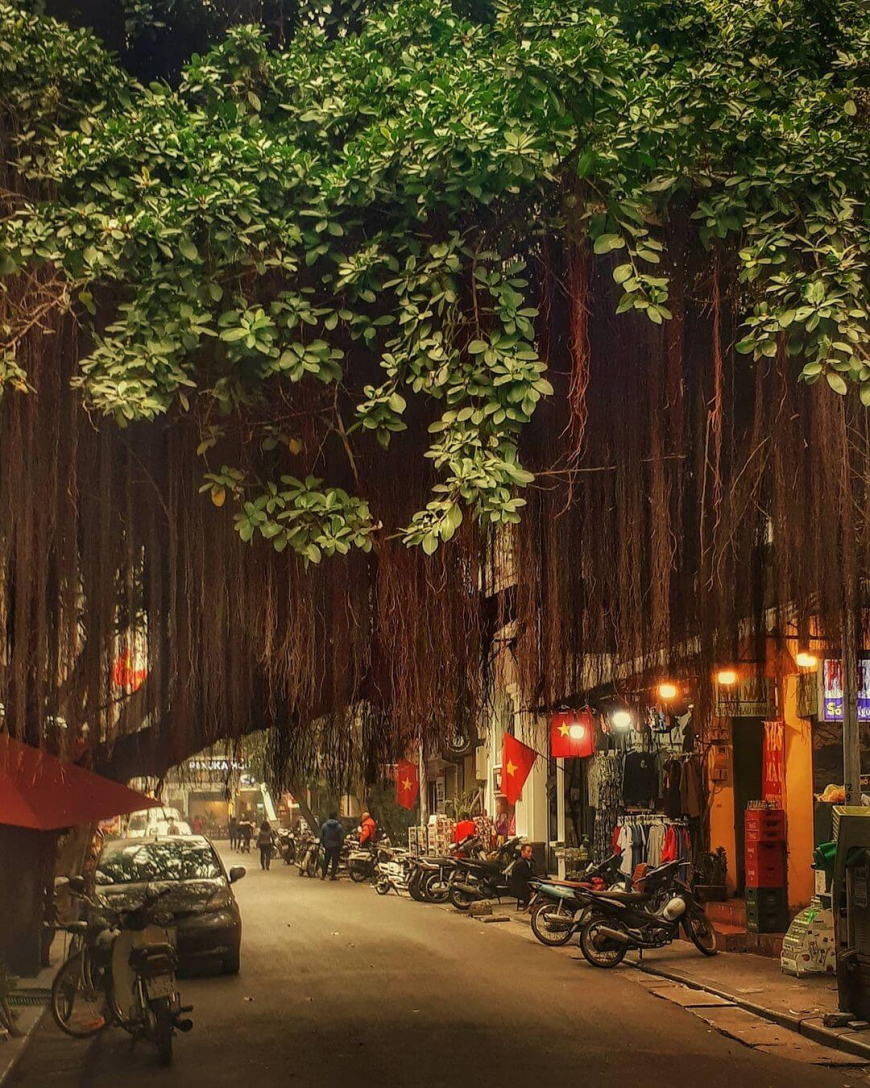
Source: Instagram - byy54
President Ho Chi Minh Mausoleum
You can’t miss this marble monument as you drive through the city. The impressive structure was made from materials sourced from around the country between 1973 and 1975. Outside, soldiers keep guard in immaculate white uniforms. Tourists who visit are lucky if they’re there to see the changing of the guard ceremony.
Inside, in a glass sarcophagus, visitors can view the preserved body of the Greatest leader, President Ho Chi Minh (affectionately known as ‘Uncle Ho’). Every year, the museum closes so that the body can be maintained with the help of embalming experts.
As this is a solemn experience, there are rules regarding dress and decorum. Photographs are strictly forbidden inside. Dress formally, keep the line moving and don’t point or raise your voice once inside the tomb. As it gets busy, expect to queue outside for entry.
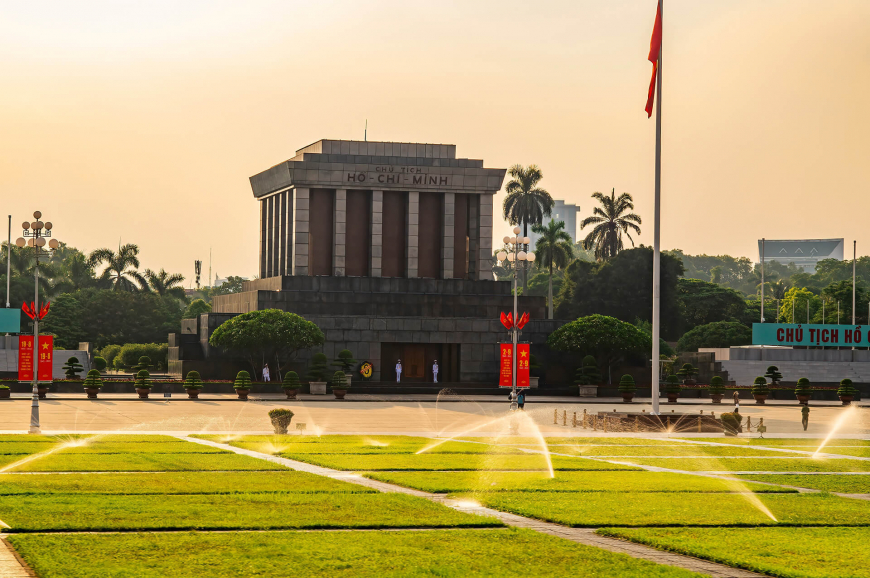
Bach Ma and Voi Phuc Temple – two of the four guarding temples of Hanoi
The Thang Long Citadel is flanked by Four Guarding Temples, which once formed an enclosing boundary of strongholds to protect the city. They’re referred to as the “four towns of Thang Long”. Each is worth a visit. Start with the Bach Ma and Voi Phuc structures. Be mindful when visiting, though. These temples are used for worship today.
Bach Ma temple: Protector of the east
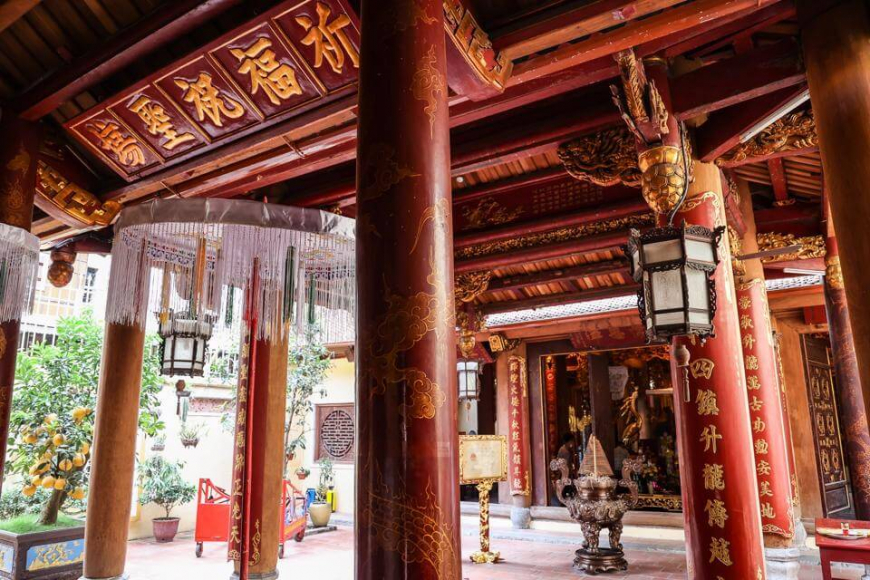
Source: Internet
This beautifully decorated temple in the heart of the old quarter is considered the oldest temple in Hanoi. Built in the 9th century to honour the god Long Do, considered “the great king of Thang Long”.
The name, which means “white horse”, comes from a legendary story. King Ly Thai To was guided by a vision of a white horse, which led him to the right spot to erect the temple. Look out for the bronze statue of the white horse when you visit. Other things to admire include a beautiful red-lacquered funeral palanquin; several altars; engravings; antiques; and ancient weapons.
Each year, on the 12th and 13th days of the second lunar month, there’s a festival in this god’s honour. Cultural performances include lion dances, drumming, a tug-of-war, poetry recitals, fencing, and much more.
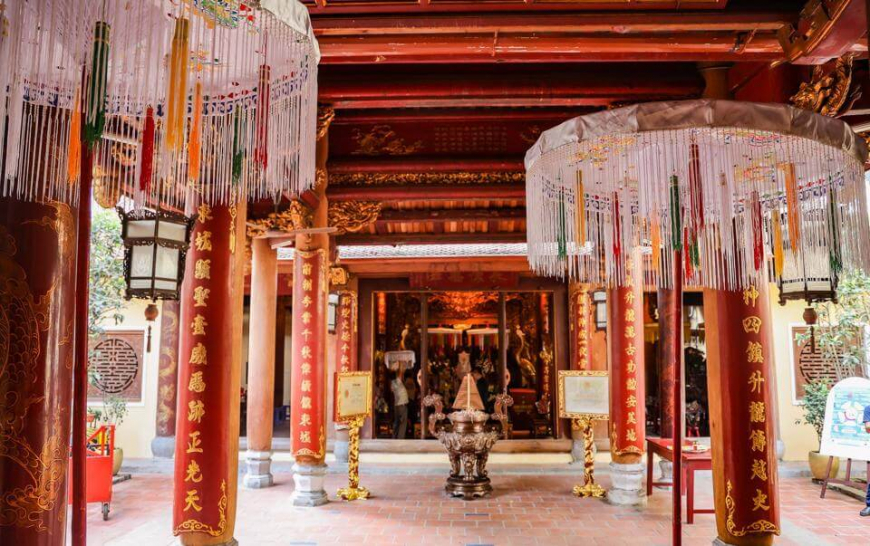
Source: Internet
Voi Phuc temple: Protector of the west
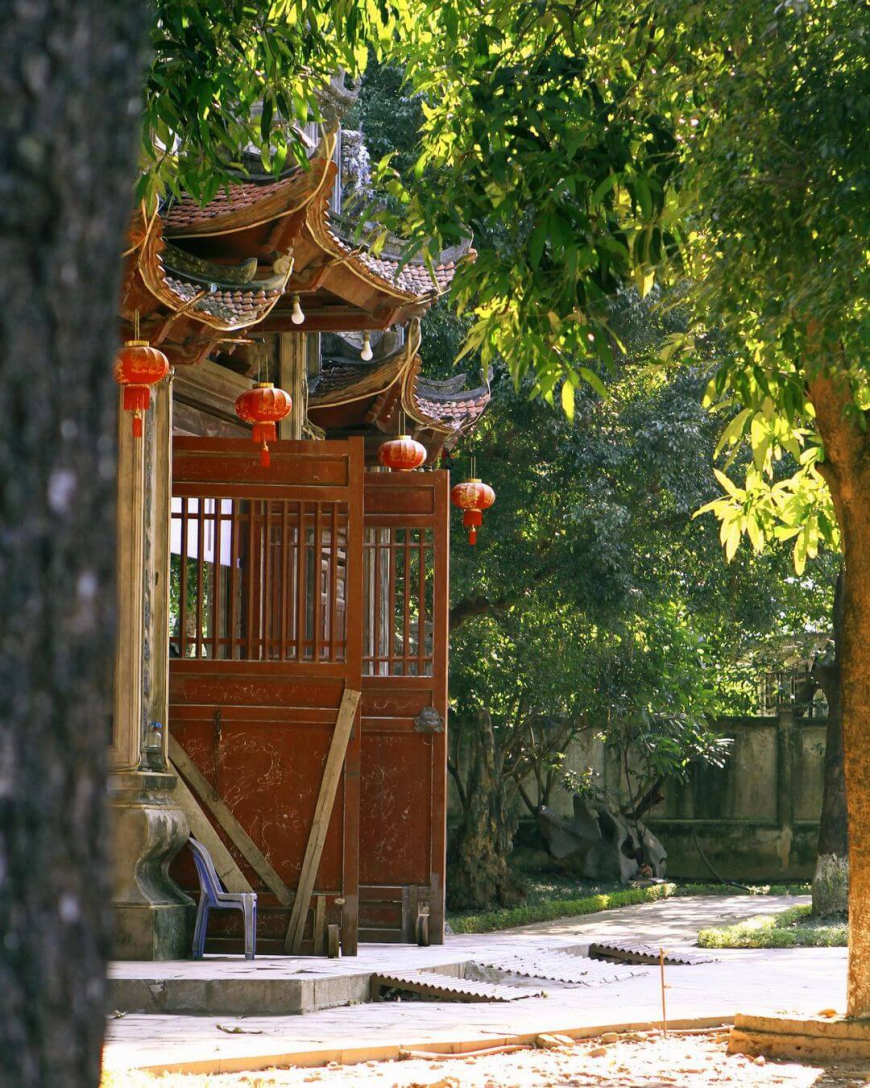
Source: Instagram - minnh.__
Another sacred temple where local visitors go to worship is west of the Thang Long Citadel. The Voi Phuc temple is next to Thu Le Park and the zoo. It’s surrounded by peaceful green spaces. Large trees, lush gardens and wide walkways make for a peaceful respite right in the city. In addition to devotees, you’ll likely see Vietnamese posing for pictures in their traditional ao dai dress.
The temple was built to honour Prince Hoang Chan (known as Linh Lang Dai Vuong) − the son of King Ly Thai Tong (1000–1054). The prince died in battle while helping his father fight Chinese Tong invaders.
So, where does the name Voi Phuc (“elephant”) come from? The two kneeling elephant statues in front of the temple have a backstory. Apparently, the prince rode an elephant sent by his father to battle.
Unfortunately, the ravages of time – and war–damaged the original structures. But many restorations have taken place over the years. The inherent sacredness and feng shui characteristics remain.
Be sure to look up at the phoenix, dragon and unicorn carvings on the traditional pagoda roof. Stories of the gods are also intricately inscribed in some of the elaborate decorations. There are many other ornate objects and artefacts to admire. Look for the 93cm bell with its Chinese inscriptions.
The Voi Phuc Temple Festival is held on the 9th to 10th days of the second lunar month. There’s a colourful procession with musical acts and other celebratory activities.
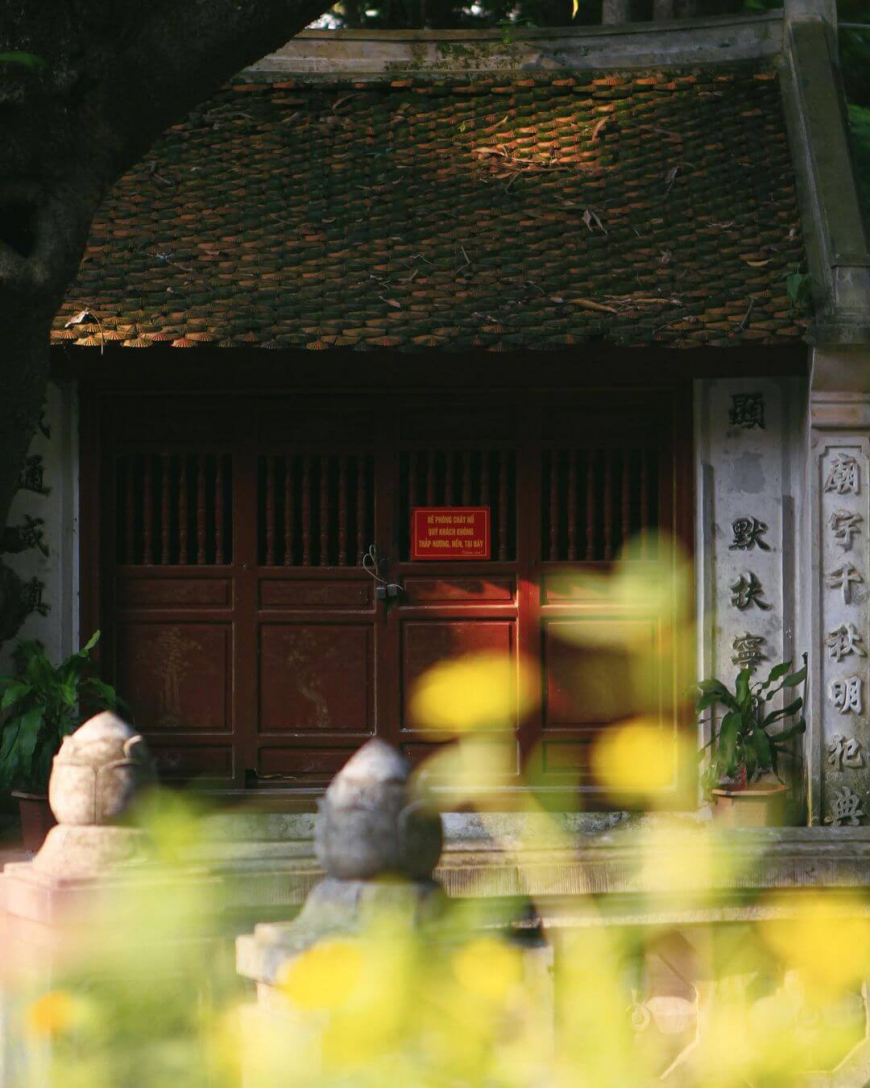
Source: Instagram - minnh.__




